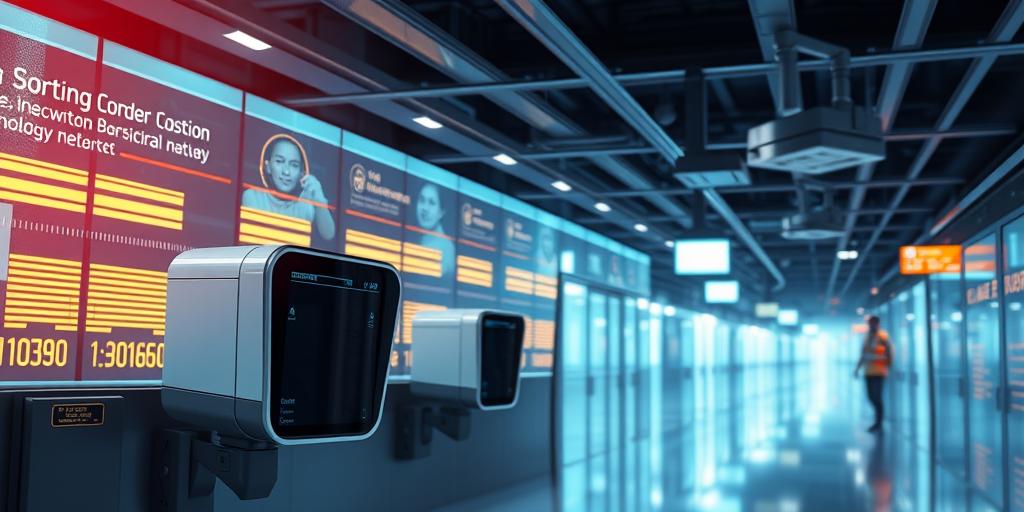The future of border management is rapidly evolving, driven by technological advancements that aim to enhance security, streamline processes, and improve the overall efficiency of border operations. This article explores key technologies shaping the future of border management.
Biometrics: Biometric technology plays a crucial role in identifying and verifying individuals at border crossings. Facial recognition systems, iris scanning, and fingerprinting offer accurate and secure methods for verifying identities. These technologies help prevent fraudulent activities and enhance security by quickly identifying individuals of interest.
Artificial Intelligence (AI) and Machine Learning (ML): AI and ML algorithms are transforming border management by analyzing vast amounts of data to identify patterns, anomalies, and potential threats. AI-powered systems can detect suspicious behavior, identify high-risk travelers, and predict potential security breaches. Machine learning models continuously improve their accuracy as they process more data, making them invaluable tools for border security agencies.
Data Analytics: Data analytics tools are essential for processing and analyzing the massive amounts of data generated at border crossings. By integrating data from various sources, such as travel documents, watchlists, and surveillance systems, border agencies can gain insights into travel patterns, identify trends, and assess risks. Data analytics helps in making informed decisions and allocating resources effectively.
Internet of Things (IoT): IoT devices, including sensors, cameras, and tracking systems, provide real-time data and situational awareness at border crossings. Smart sensors can monitor cargo containers, detect unauthorized access, and track the movement of goods and people. IoT devices enhance security by providing continuous monitoring and alerting authorities to potential threats.
Blockchain Technology: Blockchain technology offers a secure and transparent way to manage and verify travel documents and credentials. By creating a tamper-proof record of traveler information, blockchain can help prevent fraud and streamline identity verification processes. Blockchain-based systems can also facilitate secure data sharing between border agencies and international partners.
Challenges and Considerations: While technology offers significant benefits for border management, there are also challenges to consider. Data privacy concerns, the need for robust cybersecurity measures, and the potential for bias in AI algorithms must be addressed. Additionally, ensuring interoperability between different systems and agencies is crucial for effective border management.
Conclusion: The future of border management technology holds immense potential for enhancing security, efficiency, and cooperation. By embracing innovative technologies and addressing the associated challenges, border agencies can create safer and more secure borders while facilitating legitimate trade and travel.









